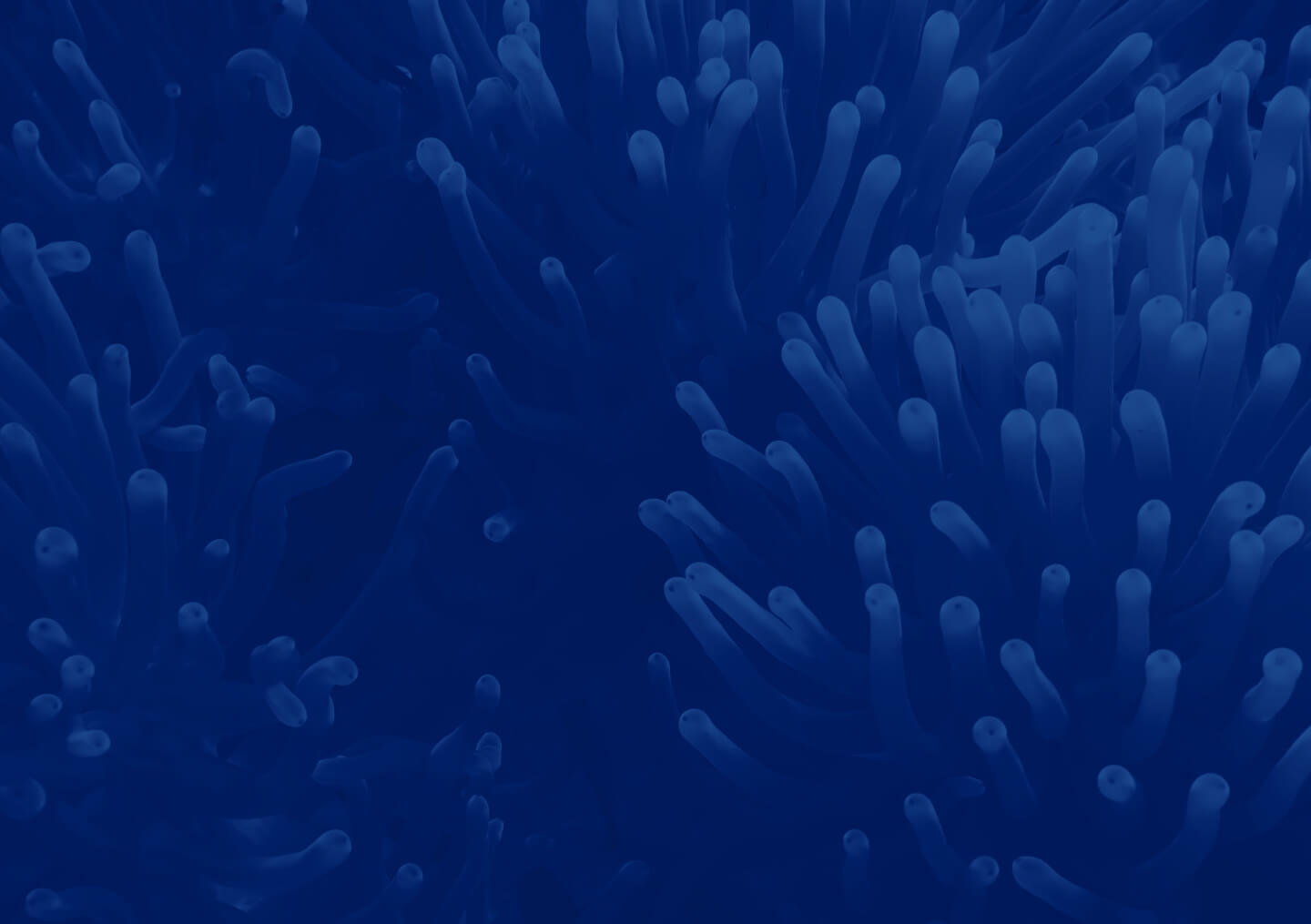In 2013, a group of aquariums, zoos and governmental and nongovernmental organizations came together under a new umbrella called the International Consortium for Marine Conservation (ICMC). This new coalition, hosted by Mote, is dedicated to moving marine science from the lab and into the field where research findings can be used to directly address threats to species and their habitats.
Now, a new project under way in Malaysia is being conducted by two ICMC member organizations that are focused on a vulnerable population of dugongs with the goal of using their findings to help save the nation’s dwindling population and improve human health along the way.
Dugongs, (Dugong dugon), are cousins to the Florida manatee and are found in the tropical and subtropical waters of 48 countries — from east Africa to the Red Sea and Arabian Gulf. Overall, they’re listed as vulnerable by the IUCN, an international organization that establishes the conservation status of species. But some dugong populations, like the one in Malaysia, are at a locally higher risk of extinction.
“We estimate that there are on the order of tens of dugongs left in Malaysia today,” says Dr. John Reynolds, director of the ICMC. “And their population centers seem to be located in areas that we think puts them at great risk from a number of different causes.”
Aerial surveys conducted by study leader Dr. Louisa Ponnampalam show the highest dugong populations off the southern peninsula of Malaysia, off the east coast of Jahor. But this dugong hotspot is also a hotbed of coastal development, a growing oil and gas industry and in the path of a major shipping channel. While there is a protected marine park, Pulau Sibu, the aerial surveys Ponnampalam conducted in 2010 indicated that the dugongs were actually using habitat outside of park boundaries — meaning that park boundaries and the dugong habitat needs might not be in sync. Other areas the dugongs frequent are afforded no protections at all.
Ponnampalam, a research fellow at the Institute of Ocean and Earth Sciences at the University of Malaya and co-founder of the nonprofit MareCet Research Organization dedicated to marine mammal conservation, was awarded a prestigious Pew Fellowship in 2014. She’s using the Fellowship award to conduct a three-year health risk assessment of her nation’s dugong population and to help increase grassroots and management support for protecting the species.
“We do not know the magnitude of the threats that dugongs face,” Ponnampalam says. “Through this health risk assessment, we will be assessing the habitats in different areas, particularly the sea grasses, and comparing the populations in different areas.”
In 2014, Reynolds, who also leads Mote’s Manatee Research Program, and Dr. Dana Wetzel, manager of Mote’s Environmental Laboratory for Forensics, joined Ponnampalam in Malaysia to begin collecting the environmental samples needed to address the risks that dugongs face.
“Our work in other marine mammal populations here in Florida and in Alaska and other parts of the world suggest that contaminants are a problem — contaminants in the marine environment are ubiquitous,” says Wetzel. And with Malaysia’s oil and gas industry and its location as a major shipping channel with major ports, things like oil spills are a threat to the marine environment. “It’s a mess.”
“It’s interesting,” Reynolds says. “Here in the U.S., we have this nifty stranding network that when a marine mammal dies, we can collect biological samples to look at what an animal might have been exposed to and determine if it had lethal or sublethal affects. But there, we cannot take biological samples (because of complicated bureaucratic rules and local customs), so we’re looking for other ways to determine such impacts.”
In August, Wetzel and Reynolds collected samples from seagrasses and sediments, which Wetzel will analyze in her lab for contaminants. “We know what the contaminant load is for other animals, so we will be able to extrapolate how much exposure the dugongs are likely getting,” says Wetzel.
Assessing the dugong’s health risks are only part of the equation. “Ultimately, we want to translate this into something meaningful,” Reynolds says. “Many of the communities in Malaysia are subsistence communities. And if the dugongs are being exposed to contaminants, then so are the people.”
But the regulatory climate can be difficult to navigate, the researchers say, with financial interests trumping the need to protect the environment and a general lack of education and awareness about the marine environment.
Ponnampalam says that working together through the ICMC is important to the success of her project. “Working together, we gain a better understanding of different ways in which we can tackle environmental issues, management problems and the complexities of conservation and to improve the science that we want to do, so that we are able to take the science to the policy makers and to the stakeholders and say look… the data supports what we have been saying all along.
“I personally never thought I would have an opportunity to venture into something like this. We’re going to have the means to inform government and inform stakeholders about what’s wrong and how we can fix it together.”

